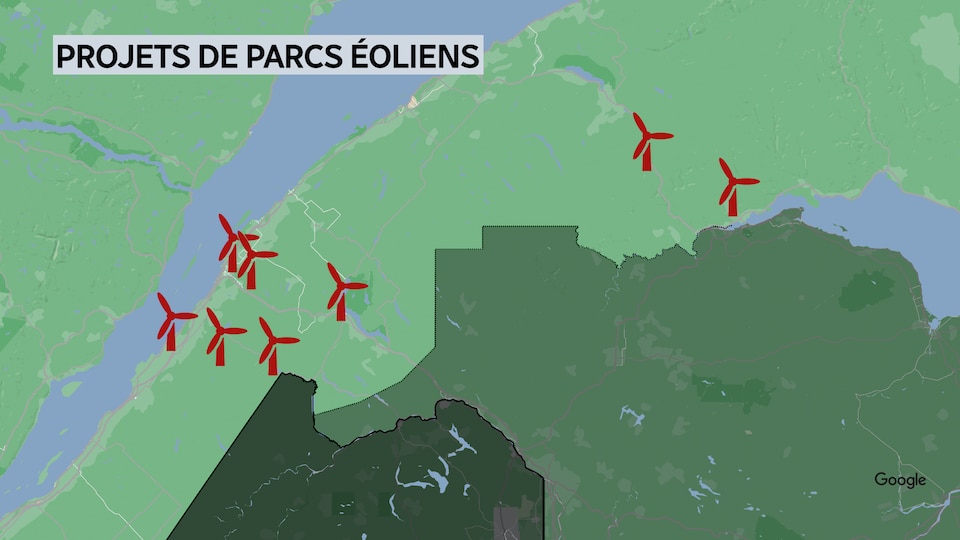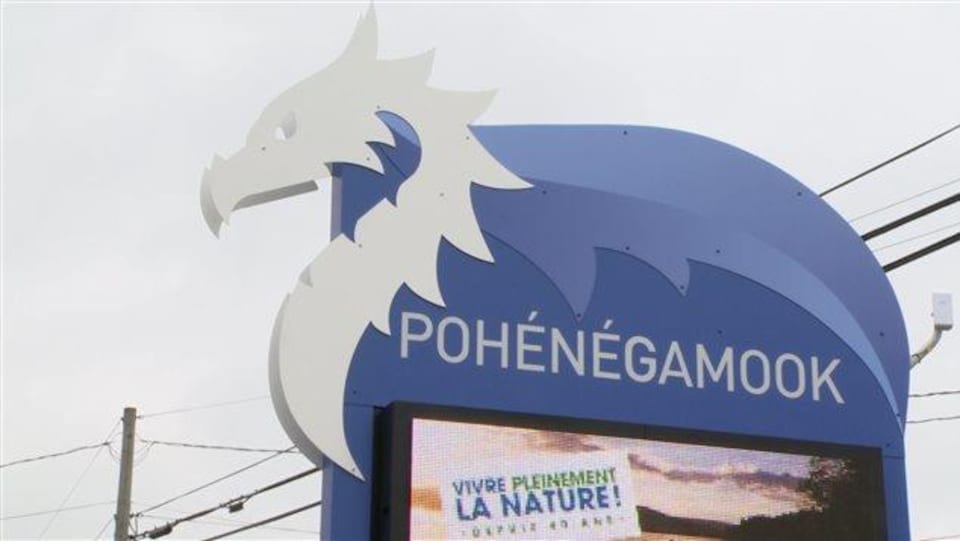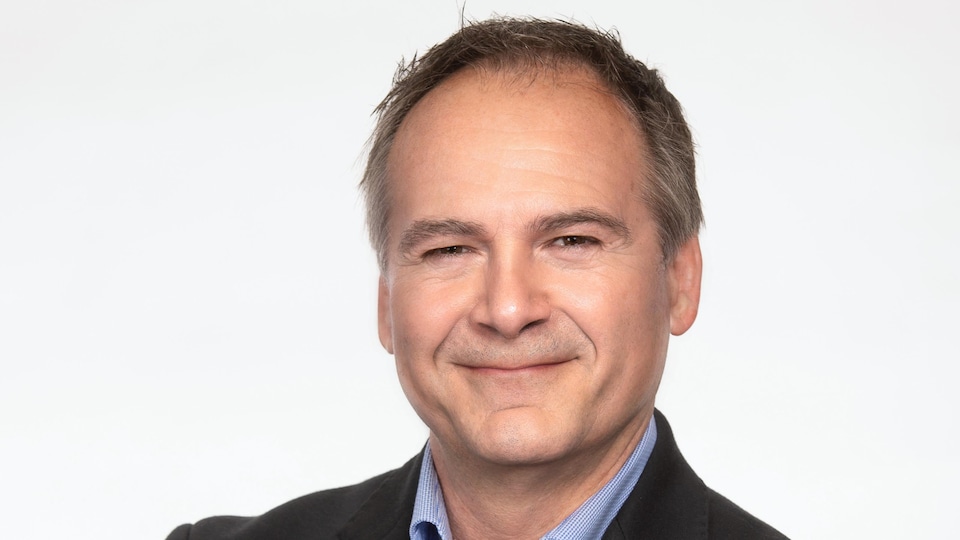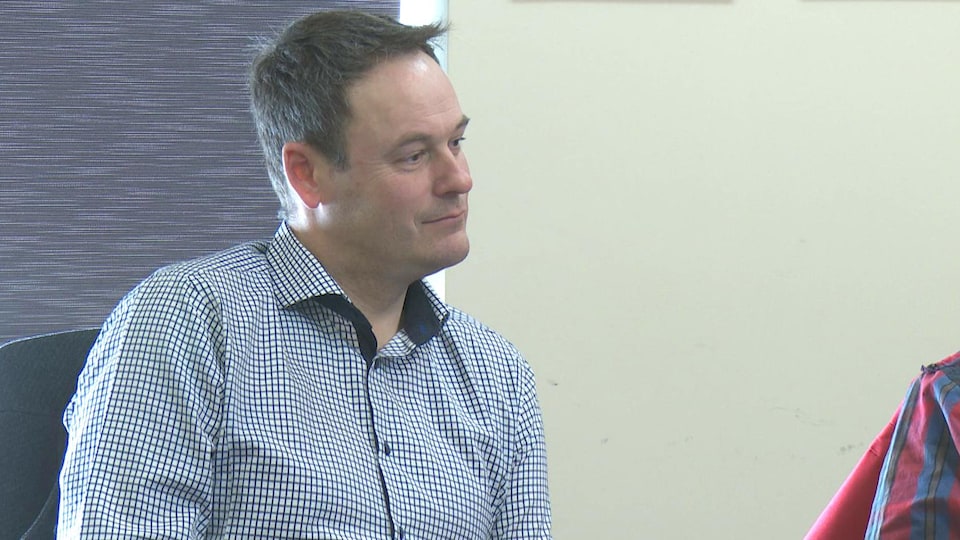In December 2021, Hydro-Québec launched two calls for tenders totaling 780 megawatts (MW), including a block of 300 MW from wind power.
Last April, François Legault also announced the launch of the largest call for tenders in renewable energy, which reserved a first block of 1,000 MW for the wind power sector and a second block of 1,300 MW for renewable energies.
Companies specializing in this type of energy want to take advantage of these lucrative contracts.
To achieve this, they must negotiate agreements with local communities. The Eastern Wind Alliance is already negotiating with them.
” All the players in the industry are currently in talks to see what type of partnership or what type of agreement we can sign together. »
All the municipalities of Bas-Saint-Laurent, Gaspésie–Îles-de-la-Madeleine and the MRC Montmagny and L’Islet are part of this alliance.
Projects in western Bas-Saint-Laurent
Boralex has announced that it wants to build a new wind farm that could generate nearly 400 MW in the MRC of Kamouraska, Témiscouata and Rivière-du-Loup.
This same territory attracts Renewable Energy Systems Canada Inc. (RES), which is proposing a project ranging from 100 MW to 300 MW, or 35 to 70 wind turbines.
Invenergy would also like to invest in the Pohénégamook, Picard and Saint-Antonin sector. 60 to 80 wind turbines could provide up to 350 MW, if selected.
All of these projects are valued at hundreds of millions of dollars.
The most coveted sector, in the proposed projects, for the moment, is that of the west of Bas-Saint-Laurent because of the accessibility to the Hydro-Québec electrical network.
It is this bottleneck and the costs of integration into the existing Hydro-Québec network that mean that these are the places that are favored
mentions Simon Deschênes.
What’s happening further east?
So far, two entrepreneurs have come forward to set up projects elsewhere than in the western Bas-Saint-Laurent.
In the last few days, the private company Invenergy presented a wind project for the Routhierville sector on the unorganized territory of the MRC of La Matapedia. If selected, a maximum of 60 wind turbines could provide approximately 300 MW.
For its part, the company Innergex will soon present its wind farm project in Baie-des-Chaleurs.
Innergex, which already owns a 150 MW wind farm in partnership with the three Mi’kmaw communities of Gaspésie, suggests doubling this power for the next call for tenders.
The president of the company, Michel Letellier, suggests that he would like to propose a larger project, but the Hydro-Québec network prevents him from doing so.
There has been a lot of wind power development in the Gaspé and in the Bas-Saint-Laurent, so we have reached a stage where if we want more, we will have to invest in the network because there, we have somewhat reached the network capacity limits
emphasizes Mr. Letellier.
Hydro-Québec must correct the situation, according to the Eastern Alliance, to allow the development of the Gaspé wind power sector.
” It is our mandate for the next year to ”challenge” Hydro-Quebec to build in infrastructure for the transport of electrons. »
He adds that Gaspésie must be well positioned
to generate electricity and deliver it to urban areas.
Eastern Alliance, essential partner
of these projects
Simon Deschênes believes that the Alliance de l’Est is an essential partner in these wind farm projects that are taking shape in the territory.
On its own, the Gaspé, it would have been very difficult to be able to invest at 50% [de manière] egalitarian with a private player in a 300 MW park, so it’s a very good investment
he says.
” Whether the wind farm or the winner is in Gaspésie, Bas-Saint-Laurent or Montmagny, in the end, it is the Eastern Alliance that will benefit from it and will be an equal shareholder in the next wind farms. wind turbines. »
In addition, Simon Deschênes considers that social acceptability, which is a criterion to be taken into consideration in the development of wind farms, is easier to obtain with the Alliance de l’Est.
” We are elected municipal officials, we represent our communities, so we serve as social acceptability and at the same time, we also want to impose our own rules on private businesses. »
A dozen years ago, we weren’t welcome because 50% of the revenue was taken from the pockets of private enterprise, but today, it has to be said that citizen mobilizations, the social acceptability and the participation of the First Nations ensure that these are the business models that will succeed
he says.
Mr. Deschênes also points out that the community participation criterion is one of the most important in the weighting grid that allows Hydro-Québec to analyze the various projects.
Companies have until July 21 to submit their bids as part of the call for tenders for the acquisition of 300 MW of wind power.
They will then be analyzed and the selected project will be announced in December, one year after the launch of the call for tenders.
Projects in the wind power sector will therefore become more and more concrete during the summer.
With information from Isabelle Lévesque and Jean-François Deschenes
Reference-ici.radio-canada.ca



